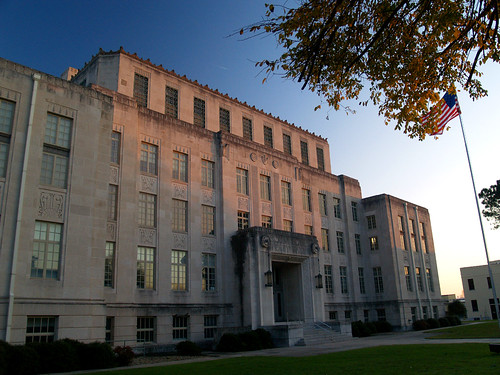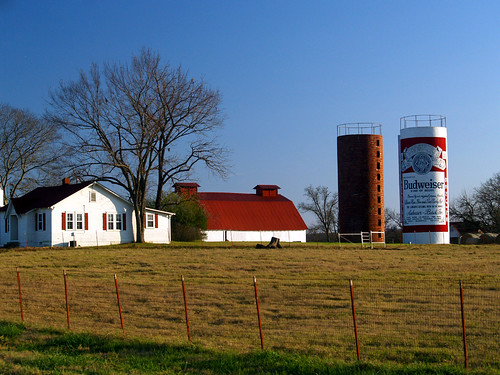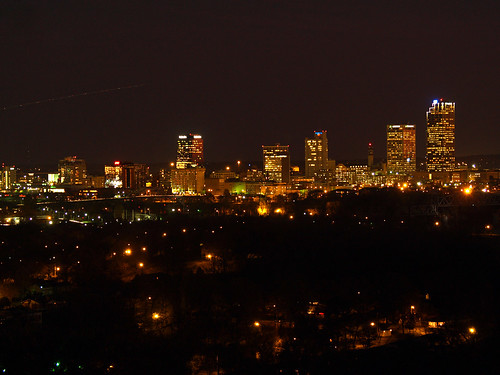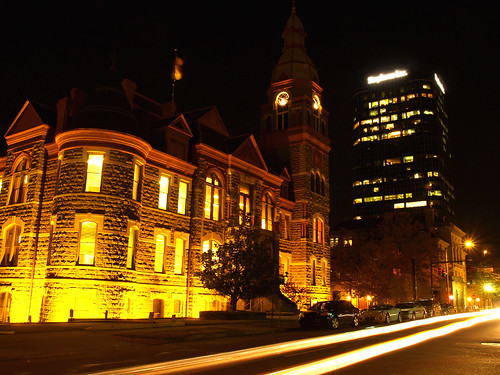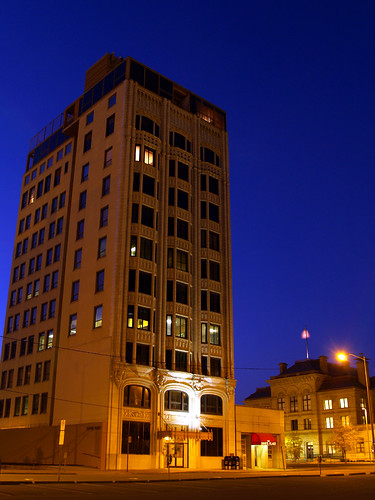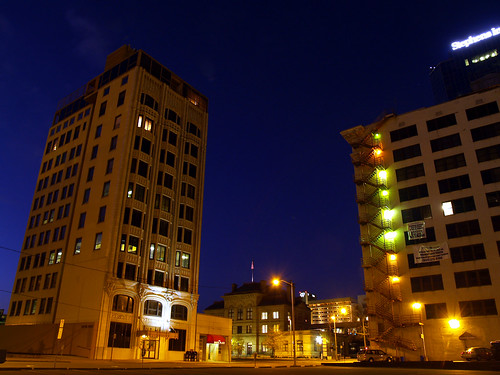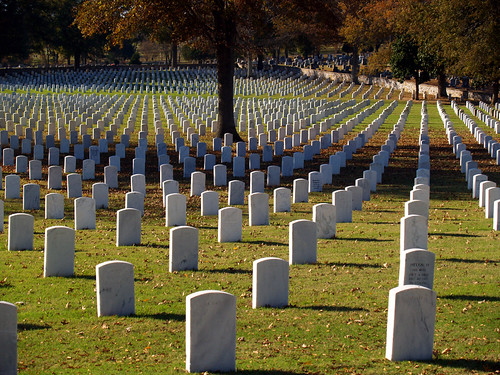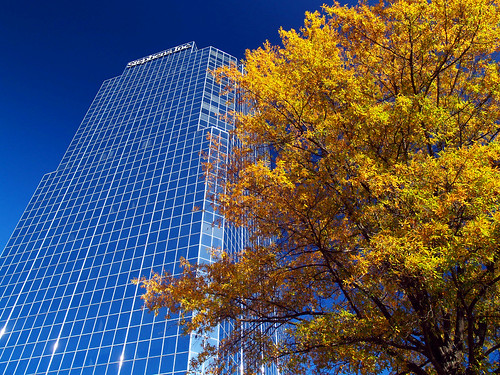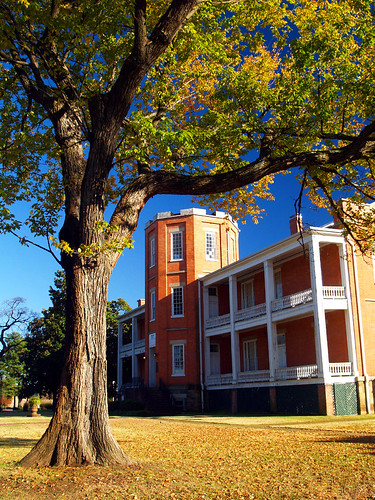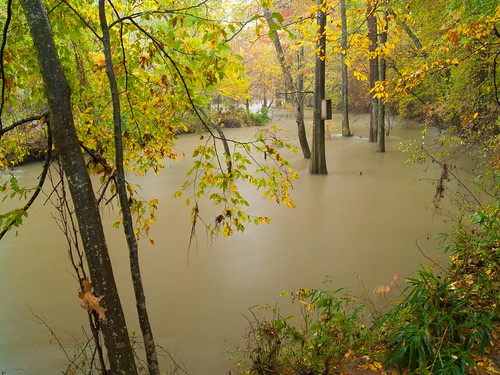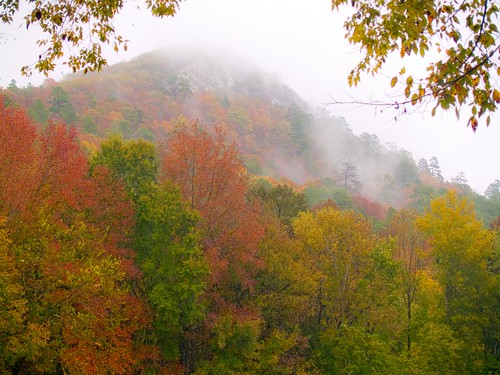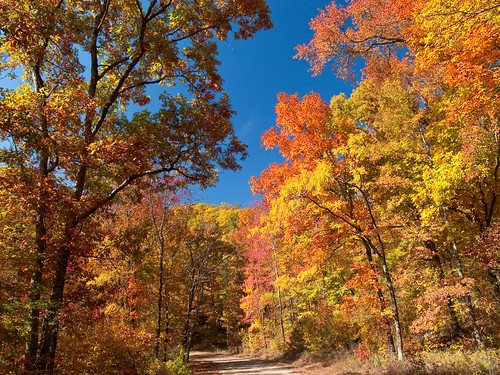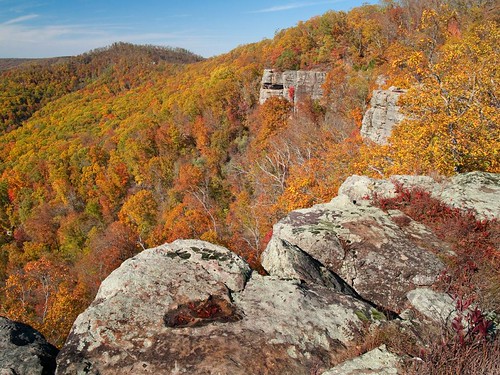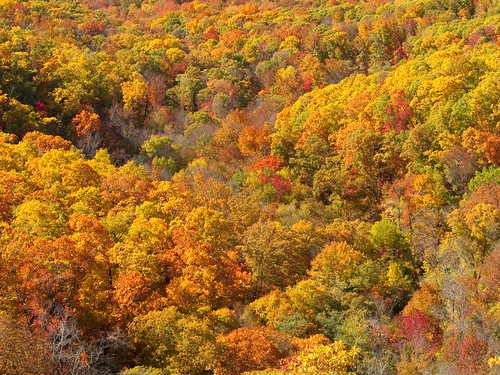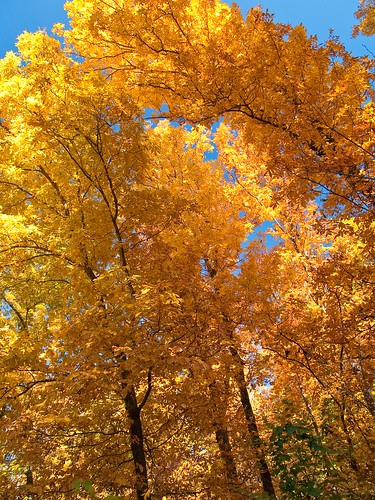But the National Historic Site is an interesting place. It is actually the home of two old forts. The first was built in 1817, when this was a lonely outpost on the western border of the US. The fort was built in order to prevent war between the Osage and the Cherokee, who were being forced to move during the Trail of Tears. In 1824, the fort was abandoned and the troops moved deeper into Indian Territory. The first Fort Smith exists now only as a rock wall foundation, the original buildings long ago lost to history.
In 1838, the federal government decided that it wanted another Fort Smith, so construction began on a new fort near the remains of the first fort. Originally planned as a defensive fort, it soon grew into a major supply depot for western exploration. The fort was seized by Confederate troops in 1861, and then by Union troops in 1863. After the war, the government decided that it didn't need the fort anymore, and the buildings became the home of the U.S. District Judge Isaac Parker. The judge was ordered to bring law and order to the unruly frontier, and his justice led to his nickname as the "Hanging Judge." Over 160 outlaws were hung on the gallows (a recreation of which sits next to the parking lot). Inside the building here is the judge's courtroom and the old jail, called "Hell on the Border."
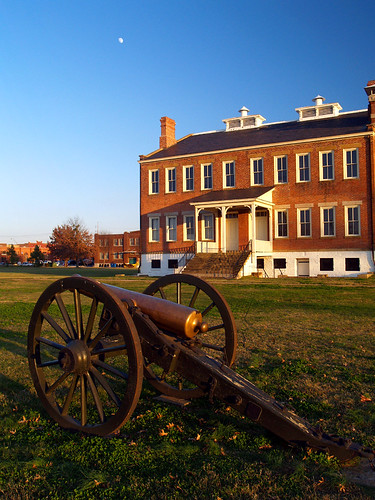
The flagpole here is a supposed to look like the flagpole that stood back in the 1800s. In forts like this, flagpoles were meant to stand high up in the air, so that they'd be visible from a distance. In order to do this, the flagpoles were built like the masts on a ship. The flag here is flying with 37 stars.
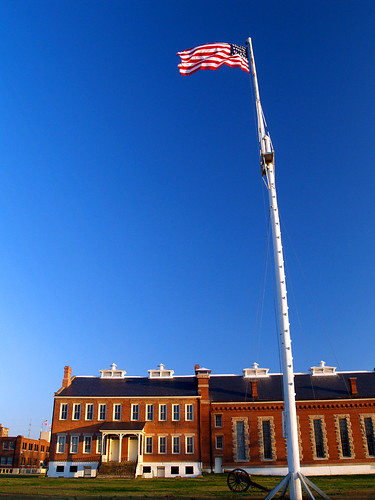
The setting sun was casting a nice warm glow on the old buildings, and sending long shadows across the ground. I didn't go inside the museum here (since it was about to close and it costs $4). But I did have a nice walk along the grounds.
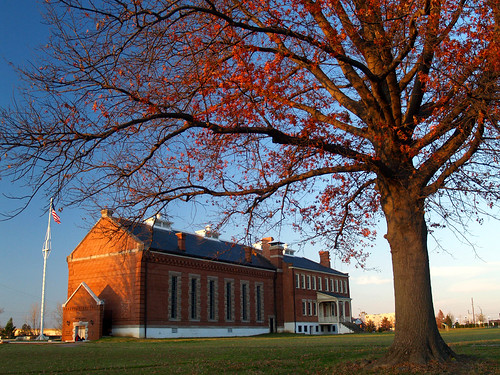
As the light faded in the sky, I randomly drove through downtown Fort Smith. The city does have a nice collection of old buildings. I pulled over at the Sebastian County Courthouse for a few shots. There is a slight rosy glow from the last rays of the setting sun hitting the old building.
